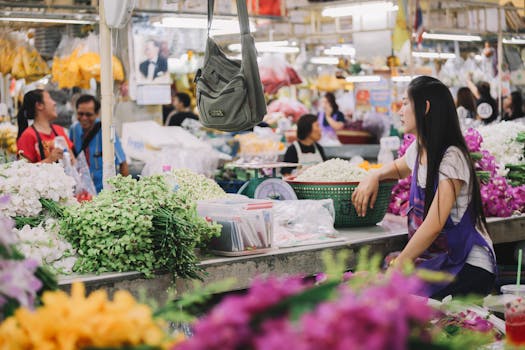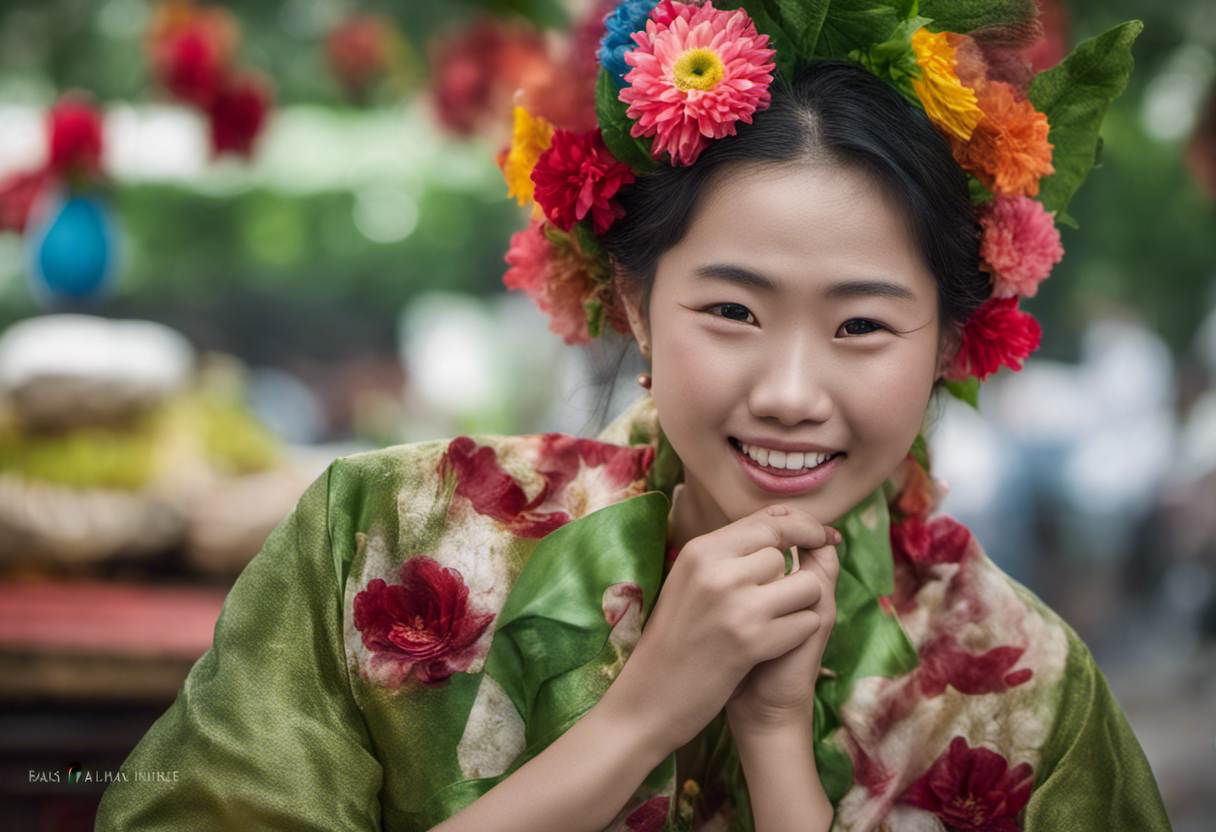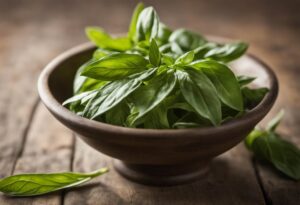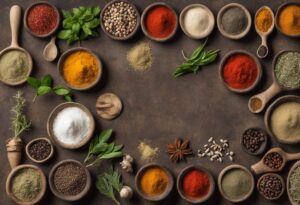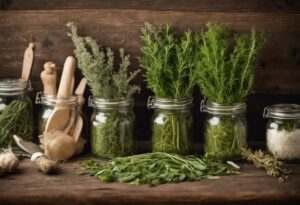Basil Thailand: A Fragrant Journey Through the Land of Smiles
Hey there, herb enthusiasts and culinary adventurers! Today, we’re diving into the aromatic world of Thai basil, a key player in the vibrant tapestry of Thai cuisine. So, grab a cup of Thai iced tea, and let’s explore the fascinating realm of basil in Thailand!
The Basil Basics: Not Your Average Herb
When we talk about basil in Thailand, we’re not just dealing with your run-of-the-mill sweet basil. Oh no, my friends! Thailand boasts a variety of basil types, each with its own unique flavor profile and uses. Let’s break it down:
1. Thai Holy Basil (Bai Gaprow): This is the rockstar of Thai basils. With its peppery, clove-like flavor, it’s the key ingredient in the famous pad gaprow (holy basil stir-fry).
2. Thai Sweet Basil (Bai Horapa): Slightly spicy with anise and licorice notes, this variety is commonly used in curries and stir-fries.
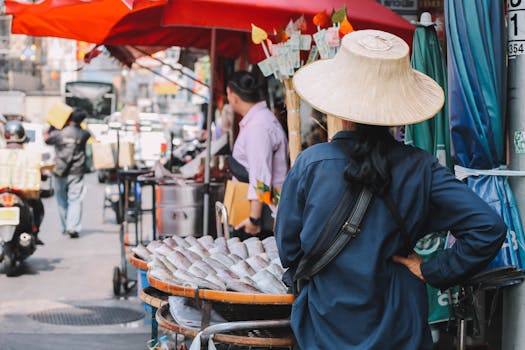
3. Lemon Basil (Bai Maenglak): As the name suggests, this type has a distinct citrusy aroma and is often used in soups and seafood dishes.
Growing Your Own Thai Basil Paradise
Now, you might be thinking, “That’s great and all, but how can I get my hands on these amazing herbs?” Well, why not grow your own? Thai basil is surprisingly easy to cultivate, even if you don’t have the tropical climate of Thailand. Here are some tips to get you started:
1. Choose a sunny spot: Basil loves warmth and sunlight, so find a place that gets at least 6-8 hours of direct sunlight daily.
2. Well-draining soil: Thai basil doesn’t like wet feet, so make sure your soil drains well.
3. Regular pruning: Don’t be shy about harvesting! Regular pruning encourages bushier growth and more leaves.
4. Water consistently: Keep the soil moist but not waterlogged.
With a little love and care, you’ll have your own little piece of Thailand right in your backyard or windowsill!
Basil in Thai Cuisine: A Flavor Explosion
Now, let’s talk about the real reason we’re all here – the food! Basil in Thailand isn’t just a garnish; it’s a star ingredient that can make or break a dish. Here are some classic Thai recipes where basil takes center stage:
1. Pad Krapow Gai: This spicy chicken and holy basil stir-fry is a Thai street food staple. The aroma of holy basil sizzling in the wok is simply irresistible.
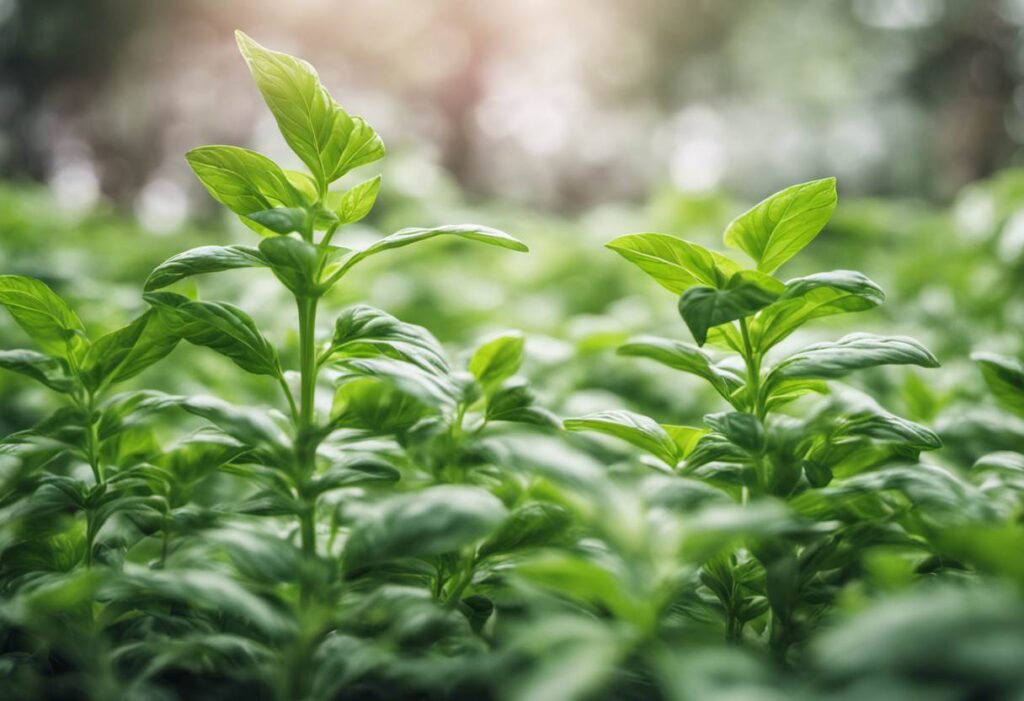
2. Tom Yum Soup: While not the main ingredient, Thai sweet basil adds a lovely depth to this tangy and spicy soup.
3. Green Curry: Thai sweet basil is tossed in at the end, adding a fresh, aromatic punch to this coconut-based curry.
4. Drunken Noodles (Pad Kee Mao): Despite the name, there’s no alcohol involved – just a whole lot of basil and spice!
The Cultural Significance of Basil in Thailand
Basil in Thailand isn’t just about food – it’s deeply rooted in Thai culture and traditions. Holy basil, in particular, holds a special place in Thai hearts. Here’s why:
1. Religious significance: Holy basil is considered sacred in Hinduism and is often planted around Thai temples.
2. Medicinal uses: In traditional Thai medicine, different types of basil are used to treat various ailments, from coughs to skin conditions.
3. Household protection: Some Thai people grow holy basil in their homes, believing it brings good fortune and wards off evil spirits.
Basil Beyond the Kitchen: Thai Basil in Modern Culture
The influence of basil in Thailand extends far beyond the culinary world. Its cultural significance has seeped into various aspects of modern Thai life:
1. Beauty products: Many Thai beauty brands incorporate basil extracts in their products, touting its purifying and rejuvenating properties.
2. Aromatherapy: Thai basil essential oils are popular in aromatherapy, used for relaxation and stress relief.
3. Contemporary art: Some Thai artists use basil as a motif in their work, representing Thai culture and tradition.
Bringing Thailand Home: Cooking with Thai Basil
Ready to embark on your own Thai basil adventure? Here’s a simple recipe to get you started:
Thai Basil Chicken (Pad Krapow Gai)
Ingredients:
– 500g minced chicken
– 4 cloves garlic, minced
– 3-4 Thai chilies, finely chopped
– 2 tbsp oil
– 2 tbsp oyster sauce
– 1 tbsp soy sauce
– 1 tsp sugar
– 1 cup holy basil leaves
Instructions:
1. Heat oil in a wok over high heat.
2. Add garlic and chilies, stir-fry until fragrant.
3. Add chicken, breaking it up as it cooks.
4. When chicken is nearly cooked, add oyster sauce, soy sauce, and sugar.
5. Toss in the basil leaves and cook until just wilted.
6. Serve hot over jasmine rice, topped with a fried egg if desired.
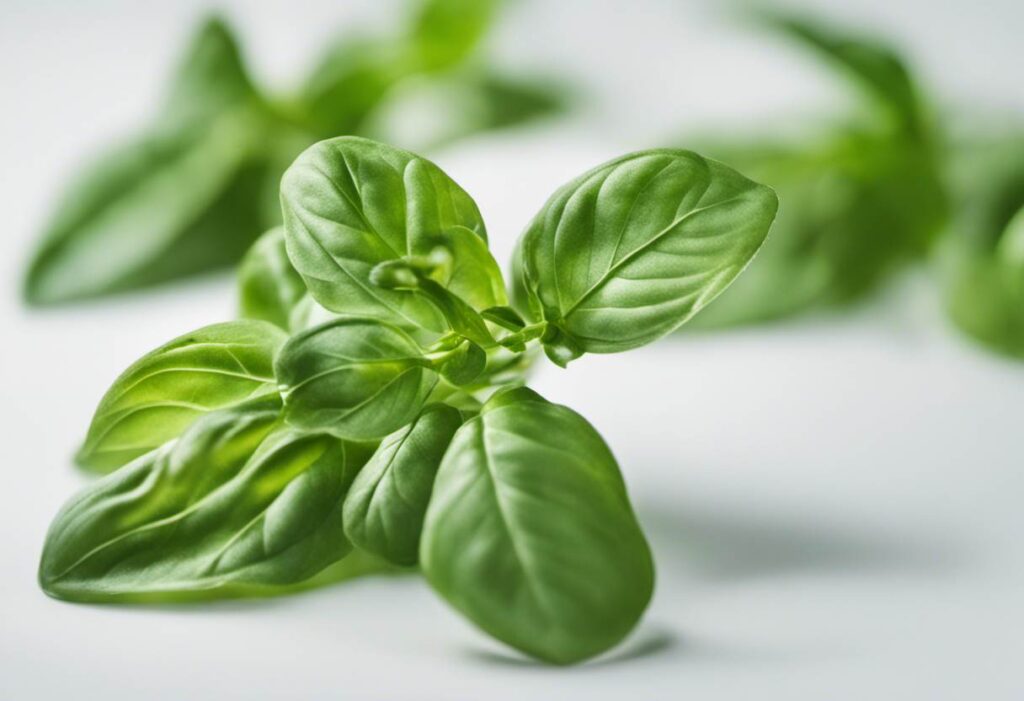
There you have it, folks – a whirlwind tour of basil in Thailand! From its varieties and cultivation to its culinary uses and cultural significance, Thai basil is truly a herb that captures the essence of the Land of Smiles. So, the next time you’re cooking up a storm or planting your herb garden, remember the amazing world of Thai basil. It’s not just an herb; it’s a gateway to the rich, vibrant culture of Thailand. Happy cooking, and don’t forget to stop and smell the basil!
